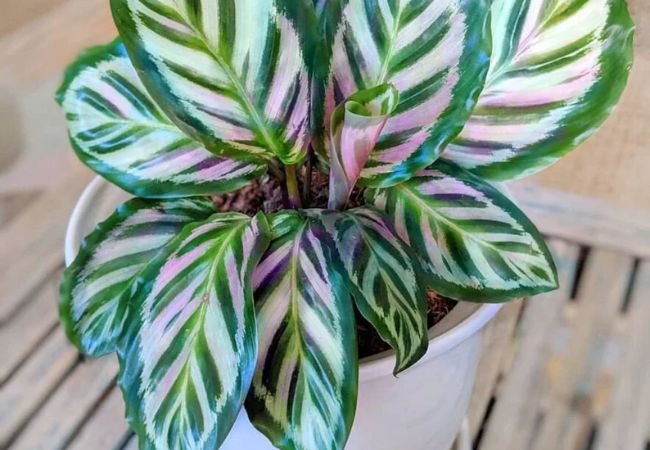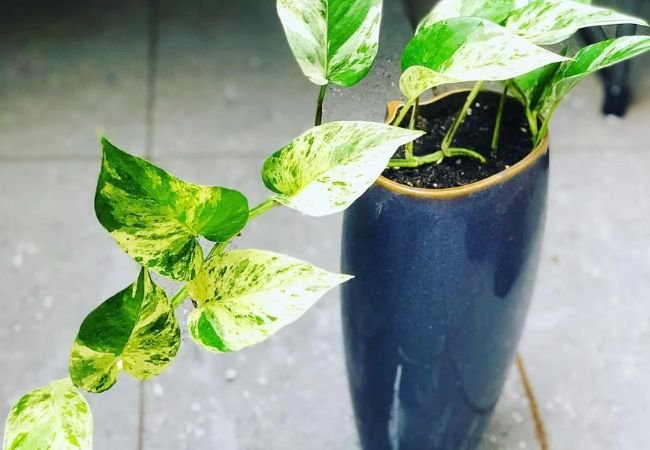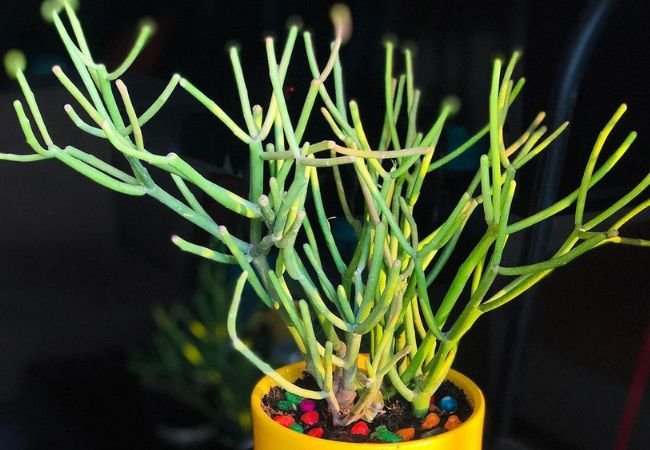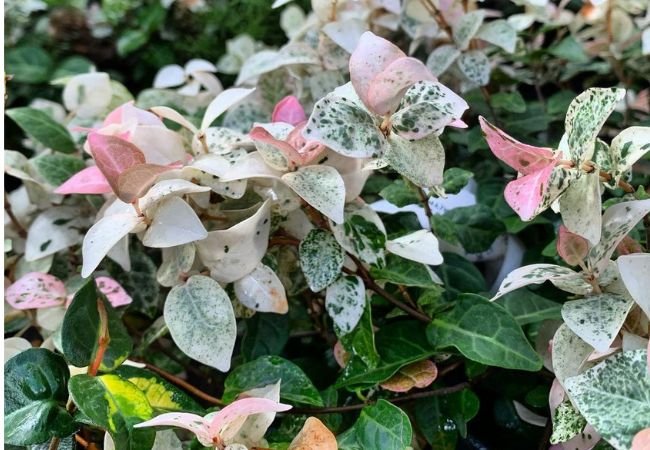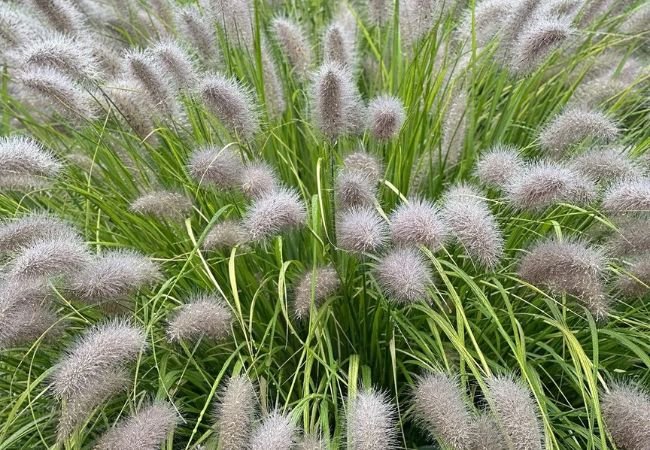Dwarf Burning Bush : A Compact Fireball for Your Landscape (2024 Guide)
Discover how to grow and care for the dwarf burning bush, a stunning compact shrub known for its fiery fall foliage. Learn expert tips on planting, pruning and maintenance for your garden.
The dwarf burning bush (Euonymus alatus ‘Compactus’) is a compact deciduous shrub prized for its brilliant red fall foliage. It grows 4-6 feet tall and wide, prefers full sun to partial shade, and thrives in well-draining soil. Plant in spring or fall, prune in late winter, and provide moderate water for best results.
Here’s a detailed chart with information on the Dwarf Burning Bush:
| Category | Information |
|---|---|
| Botanical Name | Euonymus alatus ‘Compactus’ |
| Common Name | Dwarf Burning Bush |
| Plant Type | Deciduous Shrub |
| Hardiness Zone | USDA Zones 4-8 |
| Sun Exposure | Full sun to partial shade |
| Soil Type | Well-drained, slightly acidic to neutral soil |
| Watering | Moderate (water regularly, especially in dry conditions) |
| Growth Habit | Dense, mounded, rounded |
| Height/Spread | 4-6 feet tall, 4-6 feet wide |
| Special Features | Brilliant red fall foliage, drought-tolerant once established, low-maintenance, attractive berries in the fall, often used in hedges or as a specimen plant |
Introduction to Dwarf Burning Bush
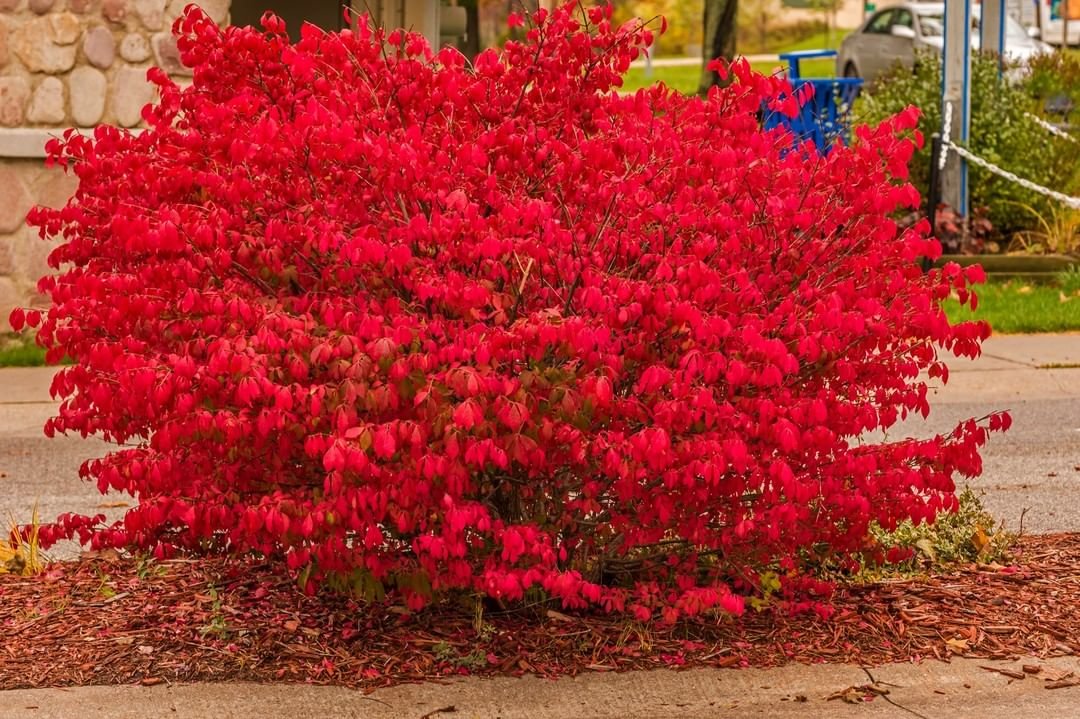
As a landscape designer with over two decades of experience, I’ve found the dwarf burning bush to be a versatile and eye-catching addition to many gardens. This guide will help you successfully grow and care for this stunning shrub.
What is a Dwarf Burning Bush?
The dwarf burning bush, scientifically known as Euonymus alatus ‘Compactus’, is a smaller version of the standard burning bush.
It’s renowned for its:
- Brilliant red fall foliage
- Compact growth habit
- Adaptability to various conditions
For more information on the species, visit the Missouri Botanical Garden’s plant finder.
Planting Your Dwarf Burning Bush
When to Plant
The best times to plant are:
- Early spring, after the last frost
- Early fall, allowing time for root establishment before winter
Choosing the Right Location
Select a spot with:
- Full sun to partial shade (at least 4-6 hours of direct sunlight)
- Well-draining soil
- Adequate space for growth (4-6 feet in all directions)
Soil Requirements
Prepare the soil by:
- Ensuring good drainage
- Aiming for a slightly acidic to neutral pH (6.0-7.0)
- Adding organic matter if needed
For more on soil preparation, check out this Cornell University guide.
Planting Process
- Dig a hole twice the width of the root ball and as deep
- Place the shrub in the hole, ensuring it’s at the same depth as in its container
- Backfill with soil, water thoroughly, and add mulch around the base
Caring for Your Dwarf Burning Bush
Watering
- Water deeply and regularly during the first growing season
- Once established, water during dry spells
- Avoid overwatering, as it can lead to root rot
Fertilizing
- Apply a balanced, slow-release fertilizer in early spring
- Avoid over-fertilizing, which can reduce fall color intensity
For more on fertilizing shrubs, visit the University of Massachusetts Extension.
Pruning
- Prune in late winter or early spring before new growth begins
- Remove dead, damaged, or crossing branches
- Shape as desired, but avoid excessive pruning
Learn more about pruning techniques from the Purdue University Extension.
Potential Problems and Solutions
Pest Issues
Common pests include:
- Scale insects
- Spider mites
Solution: Use insecticidal soap or horticultural oil as needed
Disease Concerns
Watch out for:
- Crown gall
- Fungal leaf spots
Solution: Ensure good air circulation and avoid overhead watering
For more on shrub diseases, check the University of Minnesota Extension.
Landscaping with Dwarf Burning Bush
Design Ideas
- Use as a focal point in small gardens
- Create a low hedge or border
- Plant in groups for a dramatic fall display
Companion Plants
Pair with:
- Ornamental grasses for texture contrast
- Evergreens for year-round interest
- Late-blooming perennials for extended seasonal appeal
Environmental Considerations
It’s important to note that in some regions, burning bush (including the dwarf variety) is considered invasive. Check with your local extension office before planting. For more information on invasive plants, visit the USDA National Invasive Species Information Center.
The dwarf burning bush offers a spectacular fall display in a compact form, making it ideal for smaller landscapes or as part of larger designs. With proper care and attention to its needs, this shrub can provide years of fiery autumn beauty. Remember to consider its potential for invasiveness in your area and choose planting locations responsibly. Happy gardening!

